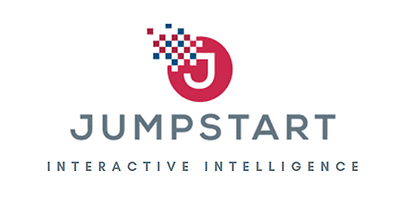Digital transformation acceleration is a given in the current global climate. The transformation journey, spanning strategy, operations, leadership, people, culture and customer, will mean leveraging sophisticated digital capability to future-proof your business. There are certain key considerations when choosing digital capability to engage with the digital customer.
A successful digital transformation journey for customer engagement starts with a deep understanding of exactly what a seamless and great customer experience looks like. Defining this upfront is what differentiates your business from its competitors and it also sets the stage for successful transformation.
A customer-centric approach in this pandemic and in the post-pandemic world has never been more relevant. Businesses are challenged to design customer journeys based on customer preference and customer behaviour. The traditional, singular customer journey verticals built around the product or built on existing business processes and business constraints will find you lagging behind and open to risk.
Driving a seamless customer experience is underpinned by giving customers choice in how they prefer to engage, says Preetha Maharaj, Managing Director of JumpStart Interactive Intelligence.
She goes on to say that customers want to engage with you on their terms, so make them comfortable. This approach will not only mean growth, it will also drive loyalty and business performance.The terms of engagement for customers are vast but simple; ie, customers have a preferred channel and a preferred time. Some customers have a preferred channel based on the time of day.
“Customers have access to multiple devices like mobile phones, laptops and tablets. This means that you must cater for engagement of relevant content across platforms.” Maharaj says JumpStart’s omni-channel services are built on these principles.
In South Africa, a country with approximately 55 million people and low employment rates, banks, financial services, insurance and retail businesses are engaging with the same limited pool of creditworthy potential customers, inundating this segment daily with offers and notices, as well as cannibalising their existing client base.
Businesses are challenged to increase response and conversion rates in sales, improve roll rates in collections and collecting on delinquent accounts. It has never been more important for businesses to engage with customers in a more appealing and convincing manner than its competitors.
Customers want a choice to either self-service, or through a human; you must cater for both. Bev Pillay, a Director at JumpStart, says bot engagement capability to drive self-service is key when choosing an omni-channel platform; however, bots can leave a customer with an unfulfilled purpose. Her advice is to safeguard customer experience and ensure that where a bot falls short, a human intervenes, not only to fulfil the purpose of the interaction but to also provide empathy and reduce frustration. All AI and Decision Tree Bots built by Jumpstart cater for a smooth transition to an agent should the need arise.
Maharaj summarises what to consider when looking for an omni-channel engagement platform:
- Choose a true omni-channel aggregator platform that services across the full customer life-cycle, including marketing, acquisitions, service and surveys, collections, fraud, authentications, etc. A recent Salesforce study revealed that 76% of customers want to be treated consistently across different departments,
- Ensure all channels mean “ALL” channels including voice, SMS, e-mail, USSD, MMS, video, web, mobi, chat, WhatsApp, social media, bots, payments, short codes, digital statements, digital letters, digital marketing packs and brochures, etc.
- All channels must be fully integrated to each other for a smooth transition from one to the other as the customer engages with them. Disparate communication means a disparate customer experience. In addition, disparate communication means disparate data sources with poor analytics and intelligence.
- Channels must have a CTA (call-to-action) so they are interactive. The CTA choices allow customers to fulfil their purpose moving from one channel to the next seamlessly. Even more, all CTAs must be recorded and the data used to optimise customer experience and response rates and overall performance
Personalise customer experience across content, channels, time, etc – it shows you care.
Maharaj concludes that successful digital transformation starts with a deep understanding of the customer’s preferences. It has never been more clear that a poor customer experience leaves customers with a poor perception of the product, no matter how good the product is. In a highly competitive market, the choice of digital capability is a critical first step in successful digital transformation.
Share
